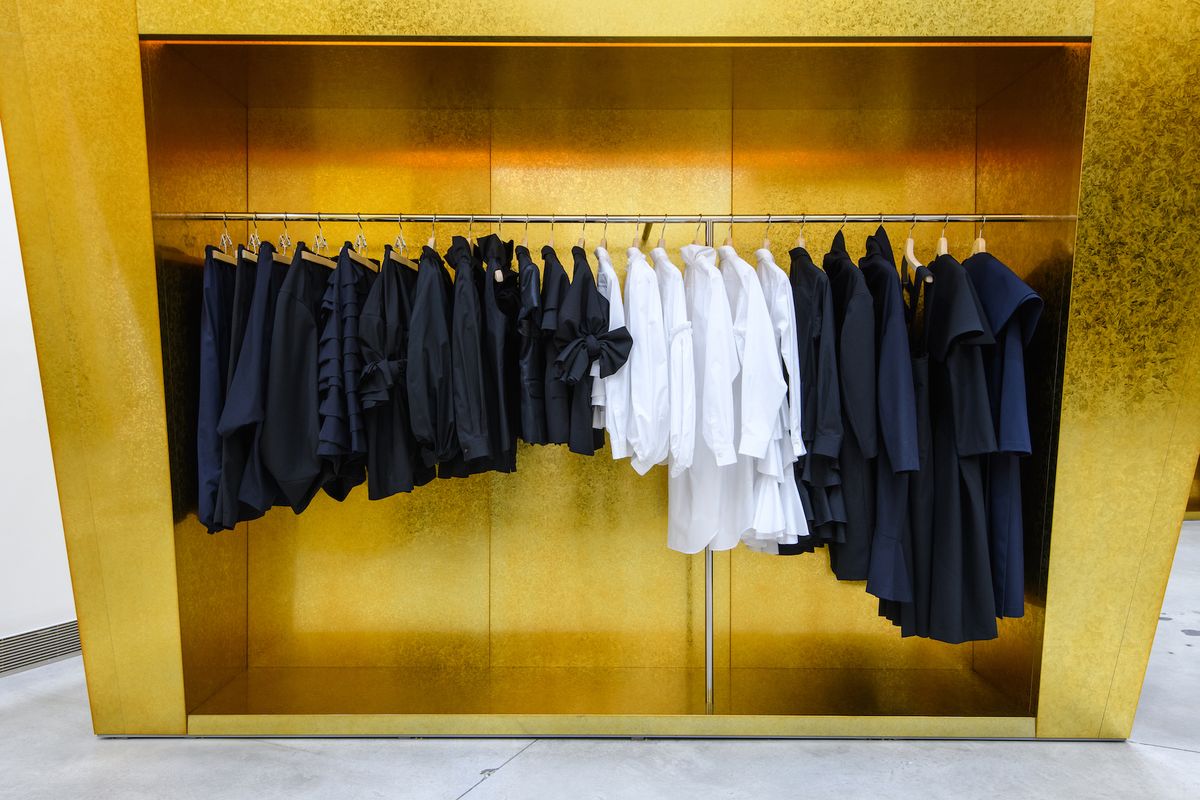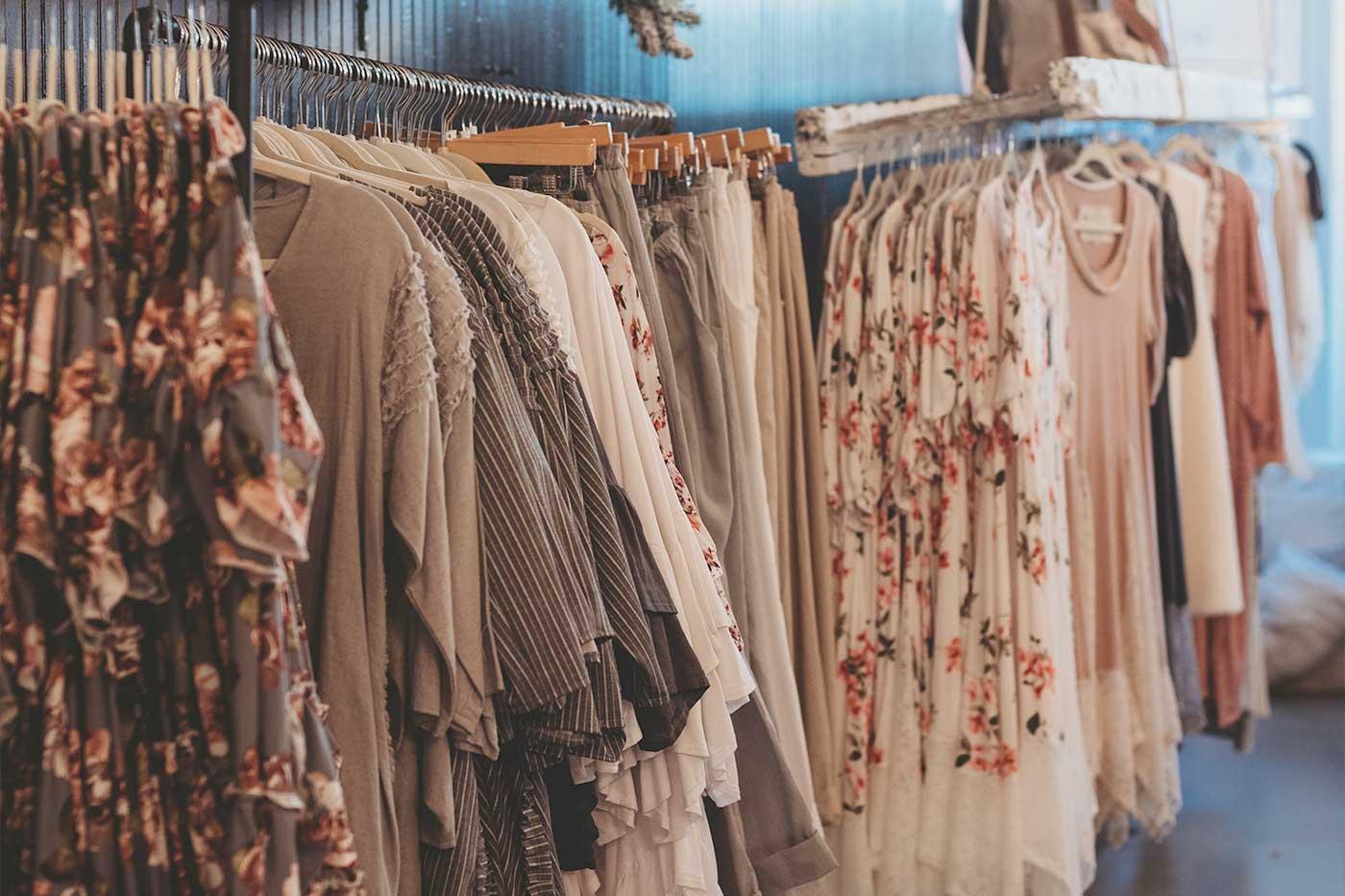Discover the most up to date Trends in Boutique Fashion for Every Period
Discover the most up to date Trends in Boutique Fashion for Every Period
Blog Article
Lasting Fashion: How Eco-Friendly Apparel Is Forming the Future of Style
As the style sector encounters raising examination over its environmental effect, the increase of sustainable style provides a promising option that aligns design with environmental responsibility. boutique fashion. How does this activity absolutely affect the future trajectory of fashion, and what challenges lie in advance in its prevalent fostering?
Innovative Lasting Materials
As the style industry grapples with its ecological effect, innovative lasting products have actually emerged as a critical solution for decreasing environmental impacts. These materials not only decrease dependency on fossil gas yet additionally reduce dangerous pesticide usage and water consumption.
In enhancement to plant-based materials, improvements in biofabrication have actually brought about the development of lab-grown fabrics. Mycelium leather, originated from mushroom origins, presents a functional and biodegradable option to animal natural leather. Its manufacturing causes substantially reduced carbon emissions and water use, making it a much more lasting option for stylist looking for to align with eco-friendly techniques.
Recycled products are also getting traction, with polyester made from recycled plastic bottles representing a considerable development. This advancement not just draws away plastic waste from seas and garbage dumps however also decreases energy consumption compared to generating virgin polyester. Together, these materials highlight the potential for an extra lasting style sector, paving the means for environmentally aware layout and manufacturing.
Eco-Conscious Production
Structure on the technologies in lasting products, the fashion industry is additionally re-evaluating its production procedures to further lower ecological impact. Key methods consist of lessening water consumption, lowering carbon exhausts, and eliminating unsafe chemicals.
An additional essential aspect is the decrease of poisonous chemicals commonly used in coloring and completing textiles. Eco-conscious makers are changing towards plant-based dyes and waterless dyeing innovations, which not just guard neighborhood ecological communities however additionally boost worker security. Advancements like electronic printing reduce fabric waste and power consumption, providing a cleaner alternative to traditional techniques.
Furthermore, transparency and traceability have become extremely important. With the improvement of blockchain technology, companies can now give in-depth understandings into their supply chains, making sure environmentally friendly and moral practices at each action. This openness constructs consumer depend on and urges brand names to keep high sustainability criteria. As the need for eco-conscious items grows, suppliers are urged to introduce, making sure that the future of style is both sustainable and elegant.
The Surge of Upcycling
Upcycling, a transformative technique in sustainable style, includes creatively repurposing thrown out materials into new, high-grade items. This cutting-edge approach not only decreases waste but also diminishes the demand for resources, thereby lessening the ecological influence of clothes production. By reconstructing and reimagining existing items, designers and style brand names have the ability to infuse originality right into their collections while advertising environmental duty.

Furthermore, the upcycling motion has encouraged independent designers and little services, that usually lead in advancement because of their dexterity and imagination. By exploiting on the bountiful availability of extra materials, these entities add to a circular economy, demonstrating that fashion can be both trendy and sustainable. With upcycling, the industry takes substantial strides towards an extra accountable and conscious future.
Thrift Culture's Effect
The growing second hand culture dramatically reshapes the landscape of lasting fashion, stressing the significance of conscious consumption. This social change motivates customers to embrace secondhand clothes, therefore reducing the need for brand-new garment production and lessening environmental effect. Second hand shopping not only expands the lifecycle of clothes yet also reduces the carbon impact related to manufacturing, transporting, and disposing of apparel.
A crucial facet of thrift culture is its democratization of style. By supplying a wide variety of designs from numerous eras at cost effective prices, thrift stores make fashion obtainable to a more comprehensive audience. This ease of access promotes a feeling of originality and creative thinking, as customers mix and match Continued unique pieces to curate customized wardrobes without adding to the quick style cycle.
In addition, second hand society advertises circularity in vogue, straightening with the concepts of a round economic situation. By recirculating garments, the cycle of waste is disrupted, and resources are conserved. This method sustains a shift from a straight "take-make-dispose" design to a much more lasting framework. As more consumers and designers accept thrift culture, the garment industry is compelled to adjust, incorporating lasting methods to satisfy the growing demand for eco-conscious alternatives.

Future Trends in Fashion
Fashion's development is significantly formed by sustainability-driven initiatives and technical additional reading innovations. One popular trend is the rise of electronic style, where online garments can be put on in enhanced truth environments, considerably reducing fabric waste.
Additionally, the integration of blockchain innovation supplies brand-new opportunities in openness and traceability, enabling consumers to verify the sustainability credentials of their garments. boutique fashion. This ensures liability in supply chains and promotes honest sourcing methods. 3D printing is yet one more advancement that assures to revolutionize manufacturing procedures by allowing on-demand production, consequently lowering excess stock and waste
As these modern technologies mature, they are positioned to transform the fashion landscape, combining design with sustainability. The future of style, consequently, exists in a seamless mix of innovation, advancement, and ecological responsibility.
Conclusion
The improvement of the style sector via sustainable methods indicates a crucial shift towards environmental responsibility. This advancement not just straightens style with ecological sustainability however likewise sets a criterion for future patterns concentrated on duty and advancement.
As the style industry faces enhancing scrutiny over its ecological impact, the increase of lasting style uses an appealing choice that lines up style with eco-friendly obligation.As the style industry grapples with its environmental effect, ingenious try this out sustainable products have actually arised as a critical solution for lowering ecological impacts. With each other, these products underscore the possibility for a more lasting style sector, leading the means for ecologically aware design and manufacturing.
Structure on the advancements in sustainable products, the fashion sector is likewise re-evaluating its production processes to even more reduce ecological effect. boutique fashion.Upcycling, a transformative method in sustainable style, includes creatively repurposing discarded products right into new, top notch products
Report this page